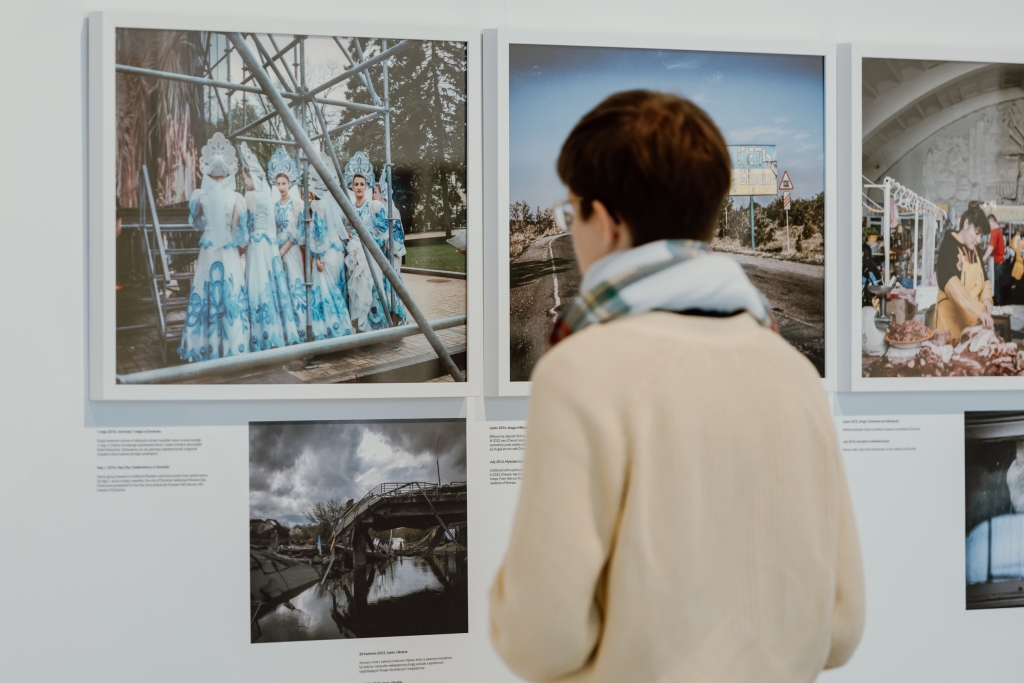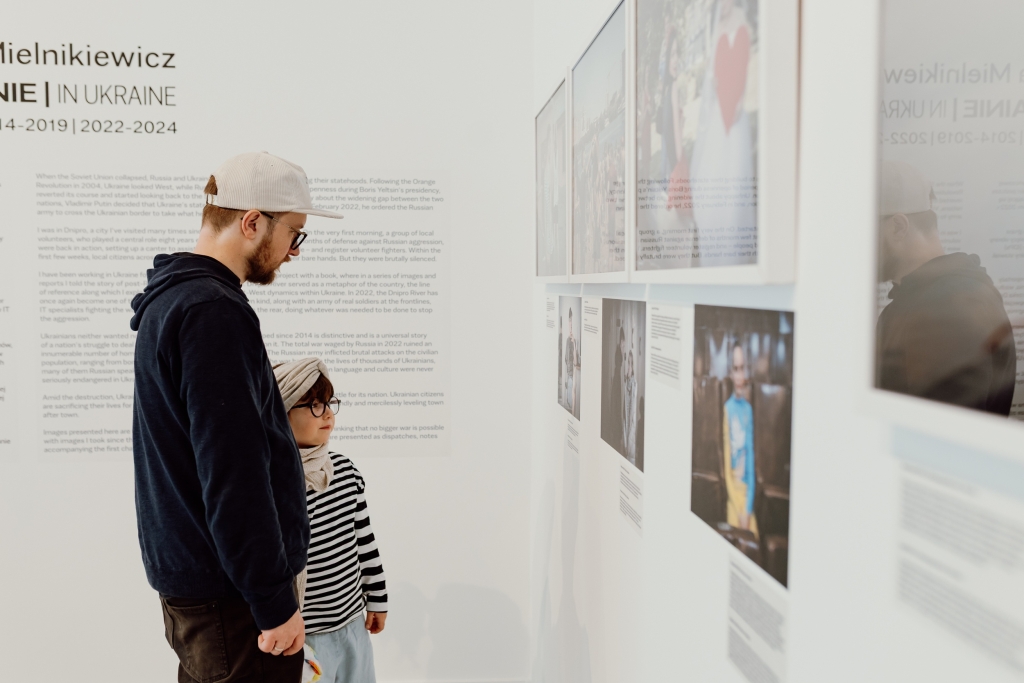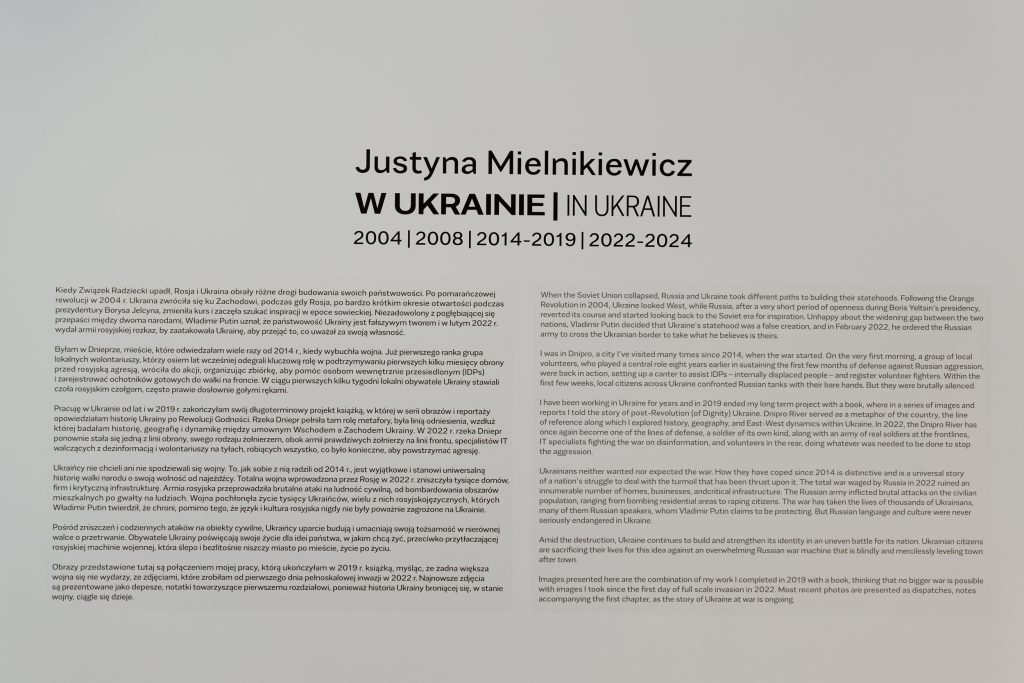When the Soviet Union collapsed, Russia and Ukraine took different paths to building their statehoods. Following the Orange Revolution in 2004, Ukraine looked West, while Russia, after a very short period of openness during Boris Yeltsin’s presidency, reverted its course and started looking back to the Soviet era for inspiration. Unhappy about the widening gap between the two nations, Vladimir Putin decided that Ukraine’s statehood was a false creation, and in February 2022, he ordered the Russian army to cross the Ukrainian border to take what he believes is theirs.
I was in Dnipro, a city I’ve visited many times since 2014, when the war started. On the very first morning, a group of local volunteers, who played a central role eight years earlier in sustaining the first few months of defense against Russian aggression, were back in action, setting up a canter to assist IDPs – internally displaced people – and register volunteer fighters. Within the first few weeks, local citizens across Ukraine confronted Russian tanks with their bare hands. But they were brutally silenced.
I have been working in Ukraine for years and in 2019 ended my long term project with a book, where in a series of images and reports I told the story of post-Revolution (of Dignity) Ukraine. Dnipro River served as a metaphor of the country, the line of reference along which I explored history, geography, and East-West dynamics within Ukraine. In 2022, the Dnipro River has once again become one of the lines of defense, a soldier of its own kind, along with an army of real soldiers at the frontlines, IT specialists fighting the war on disinformation, and volunteers in the rear, doing whatever was needed to be done to stop the aggression.
Ukrainians neither wanted nor expected the war. How they have coped since 2014 is distinctive and is a universal story of a nation’s struggle to deal with the turmoil that has been thrust upon it. The total war waged by Russia in 2022 ruined an innumerable number of homes, businesses, andcritical infrastructure. The Russian army inflicted brutal attacks on the civilian population, ranging from bombing residential areas to raping citizens. The war has taken the lives of thousands of Ukrainians, many of them Russian speakers, whom Vladimir Putin claims to be protecting. But Russian language and culture were never seriously endangered in Ukraine.
Amid the destruction, Ukraine continues to build and strengthen its identity in an uneven battle for its nation. Ukrainian citizens are sacrificing their lives for this idea against an overwhelming Russian war machine that is blindly and mercilessly leveling town after town.
Images presented here are the combination of my work I completed in 2019 with a book, thinking that no bigger war is possible with images I took since the first day of full scale invasion in 2022. Most recent photos are presented as dispatches, notes accompanying the first chapter, as the story of Ukraine at war is ongoing.




